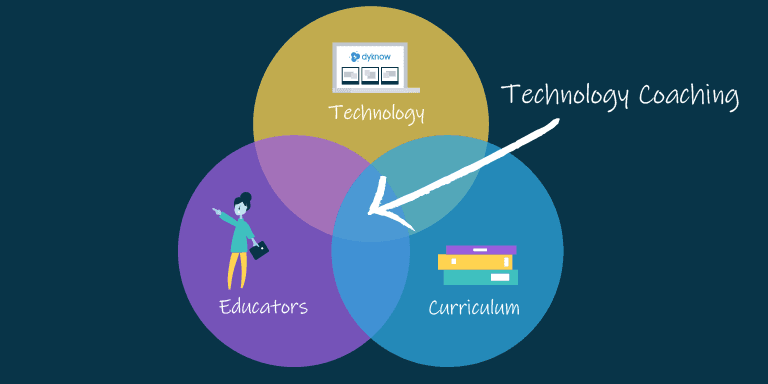
What Is Sensing Technology? How Is It Relevant To Sensors?
For example, the banking business has lowered the price of serving its prospects through the use of technologies such as automated teller machines, toll-free call facilities, and the Web. As of early 2005, the cost of a financial institution transaction carried out by a human teller was roughly $2, compared to $1 for a telephone banking transaction, $.50-1.00 for an ATM transaction, and about ten cents for banking over the Internet. Automated Clearing House (ACH) or “checkless” check processing costs were $.25-.50 per transaction. This discount in cost could possibly be attributed primarily to reduction the quantity of labor concerned, which had a profound effect on employment and labor-administration relations in banking.
Unfortunately, most corporations can not spend money on research that can only start producing revenues in ten or twenty years. Most revolutionary activity in corporations by necessity is targeted on brief-time period enhancements and technologies. Still, companies mustn’t lose sight of long-term innovations, as these are the applied sciences that may undermine existing market dominance.
It can also be a fantastic equalizer, undermining the competitive advantages of market leaders and enabling new corporations to take management away from existing firms. In a Grant Thorton LLP survey performed throughout late 2004, 47 of one hundred mid-measurement manufacturing businesses agreed that innovation had become increasingly import to the industry.
Researchers are liable for making a working demonstration of the technology, builders and engineers flip it into something that may be produced, manufacturing engineers really end up the product, and marketers sell it to customers. Global distribution, outsourcing, and huge-scale collaboration impacted the nature of technology administration (TM) and preparatory academic programs. At least two MBA programs had been shifting their technology administration focus to “innovation and management,” with particular emphasis on real-world drawback solving in partnership with giant corporations. Professor Michael Porter of Harvard Business School is certainly one of many business analysts who consider that technology is one of the most important forces affecting business competitors. In his e-book Competitive Advantage , Porter noted that technology has the potential to change the construction of present industries and to create new industries.
New concepts can come from all kinds of sources, and it is hard to predict which paths of investigation will lead to the next breakthrough technology. Still, no agency has the assets to conduct analysis in each conceivable area at all times. The freedom to discover new domains of data must be balanced by corporate decisions on what areas of investigation have the best promise of paying off, and focusing research in these areas. Most corporations create technology platforms, that are generic architectures that become the idea for a wide range of technology-primarily based services and products. In each step, a group of workers take the thought as it is handed to them from the earlier stage, modify it to perform a selected perform, and cross it on to the following stage.
